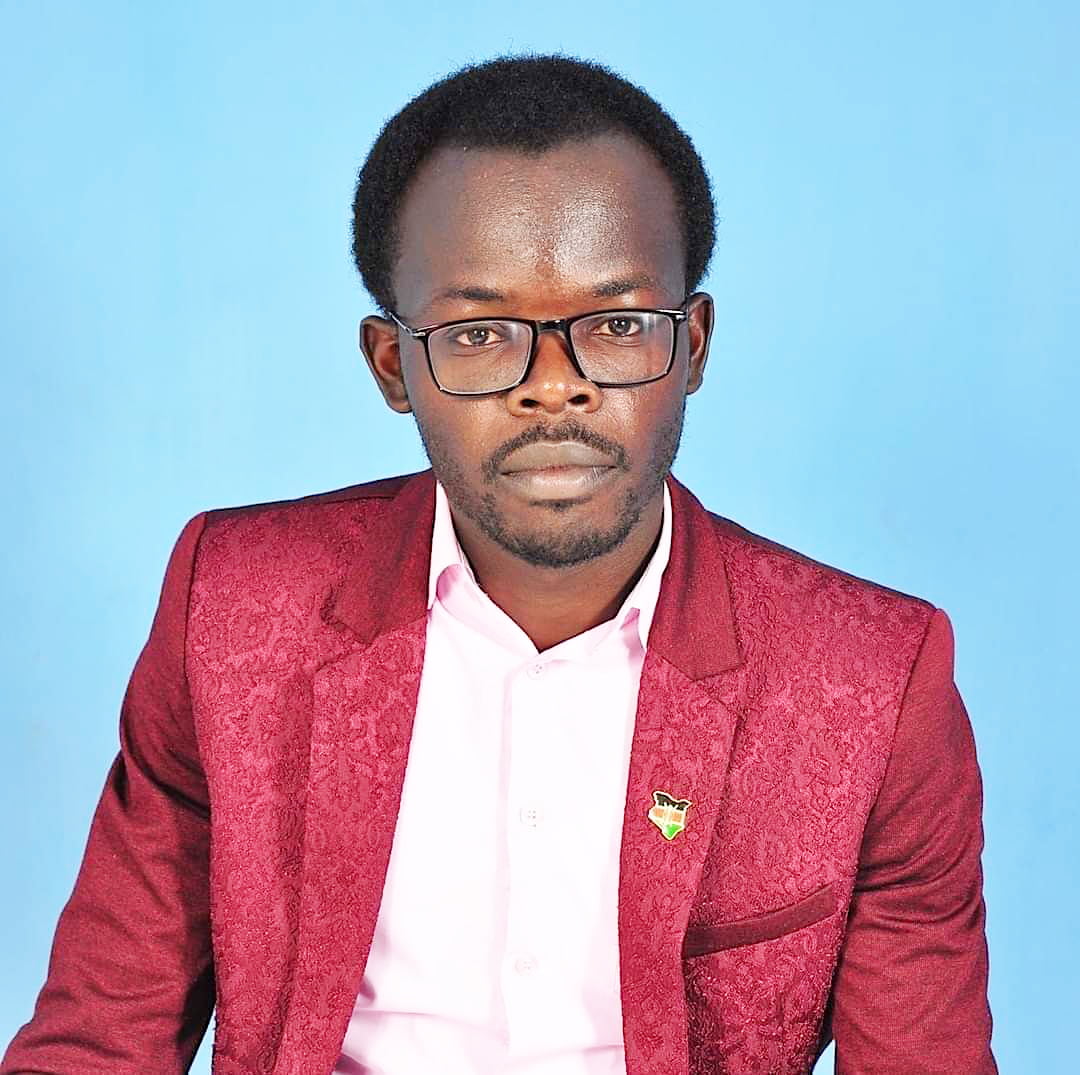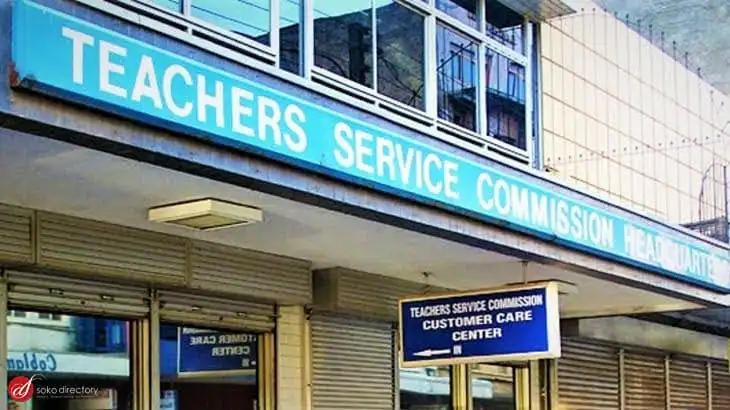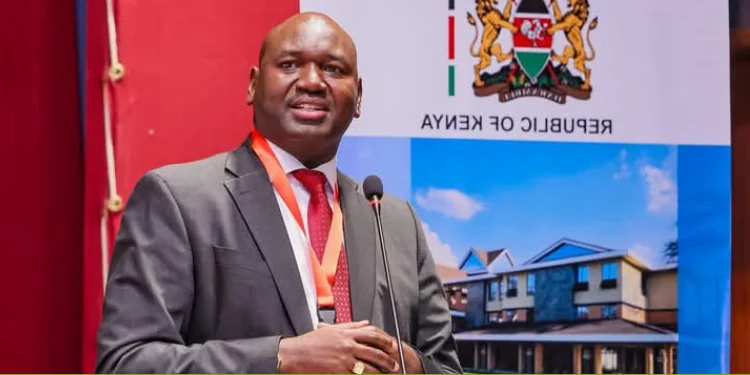By Victor Ochieng’
vochieng.90@gmail.com
The legend has it, that when Alliance High School (AHS) came into existence in 1926, it started churning out men of great heft. Men of means like Sir Charles Njonjo, Ngugi wa Thiong’o, Kenneth Matiba, Anyang’ Nyong’o, Kiraitu Murungi – all went through this crème de la crème school. After some time, it became an issue of concern: Where would these men of might find wives to marry? Being that thoughts are things, a viable idea of starting a premier girls’ school was conceived. It came to fruition. Lending credence to the wise words of Napoleon Hill, “Whatever the mind can conceive, and believe, it can achieve.”
African Girls’ High School, now known as Alliance Girls’ High School, was started in 1938; to work on winsome women who would match men of AHS. Alliance Girls has never faltered on this clarion call. It remains GOAT: Greatest of All Time. It has produced wonderful women like Margaret Ogola, Micere Mugo, Charity Ngilu, Sally Kosgei, Julia Ojiambo, and many more.
Son of the Lake knows that they say diamond cuts diamond. So, in those good old days, the Alliances had an intriguing culture and tradition, where boys and girls would have a healthy interaction. One evening, a few boys would visit the girls’ side, and have dinner together. These candle-lit dinners were done in the glorious glare, and eternal vigilance of teachers. Educative programmes like – heated debates, subject-based contests, symposiums, delivery of carefully-crafted speeches – added glamour to these healthy interactions of best brains. These mighty meetings of minds of lads and lasses built beautiful bonds, which spilt to posterity. Fabulous friendships started in these colourful convocations, which developed into future relationships and partnerships.
What if boys’ and girls’ schools that are in close proximity would be keen to maintain this rich culture and tradition? Think of St. Joseph’s Girls and St. Joseph’s Boys in Kitale, Nakuru Boys and Nakuru Girls, Meru School and Kaaga Girls, Kisii School and Kereri Girls.
Of course, traces of these healthy interactions have been kept by schools in the inter-school games, music and drama festivals. Albeit, the invasion of Covid-19 pandemic curtailed it! We hope there will be a comeback soon before noon. For these interactions contribute to students’ social and emotional intelligence. Sociologists argue that it is wrong to keep the same sex together for long. For it is one of the factors that contribute to some forms of sexual perversion and disorder.
Sometimes, these teens just need to meet in open space. See each other. Talk to each other, without conspiring to make moral mistakes. Without which, we shall still witness ugly cases of boys sneaking into girls’ schools in the dead of the night. Students in mixed schools hardly commit such peccadillos. For they meet frequently. Talk and walk together. Somehow, boys and girls in mixed schools are emotionally stable than their counterparts in single sex schools. Boys close to girls also focus on good grooming skills. They dress decently to win girls.
Schools should not be akin to prisons. They should be enjoyable places for students. We should ask ourselves: Why do some of them raze down dormitories in schools? It could be wild and wicked way of saying that they don’t want to sleep in school. Therefore, one of the wonderful ways to make these horny adolescents love school is to understand their emotional software. That cannot happen if principals refuse to employ both heads and hearts to steer schools. The head alone cannot rule. Simon Sinek, the author of Leaders Eat Last argues that intellect cannot lead. For it lacks emotions and character. Both oriental and occidental sources of knowledge acknowledge: “To lead yourself, use your head, but to lead others, use your heart.”
Emotions play a pivotal role in the well-being of teenagers. No wonder, people in positions of power must be concerned about the emotions of these adolescents caught up in what Erick Erickson christened – Identity Crisis – the inability to achieve ego at the adolescent stage. Teens grapple with a melange of chilling challenges. Without good guidance, some of them seek solace in diverse forms of addictions and horrible habits.
In a book titled Life Skills, by Longhorn Publishers, emotions are said to be strong feelings that arise from reactions of people, situations, issues; which challenge people’s comforts. In Think and Grow Rich, and other phenomenal writings of Napoleon Hill, he posits: emotions can be positive or negative. Connected to the topic of emotions is Emotional Intelligence.
The ability to control extreme feelings and express them in a dignified way is called Emotional Intelligence. Daniel Goleman in his (be)dazzling book titled Emotional Intelligence, breaks down this stupendous soft skill into five key areas: Self-awareness, self-regulation, motivation, empathy and social intelligence.
Pundits assert that 66% of success is hinged on Emotional Intelligence. In a broader sense, Emotional Intelligence makes people access success. Emotional intelligence is equal to intra-personal intelligence, which Thomas Armstrong mentions in his good book titled the 7 Kinds of Smart. This is premised on the Theory of Multiple Intelligence, developed by Professor Howard Gardener in Harvard University in 1983 in his book titled Frames of Mind. He gave the topic of intelligence a multiple and manifold approach as: verbal-linguistic (word smart), logic-mathematical (logic/number smart), body-kinesthetic (body smart), musical (music smart), spatial (picture smart), inter-personal (people smart) and intra-personal (self-smart).
Intra-personal or emotional intelligence is the intelligence of inner self. When students develop it, they will regulate their feelings; enjoy introspection, reflective thinking and meditation. They will learn to ward off whims of negative peer pressure and gang (herd) mentality; as they learn to be independent thinkers, goal-orientated and self-disciplined people. In turn, schools will churn out useful careers that require a lot of self-soul-search like Theology and Counselling.
The writer is an editor, orator and author.






